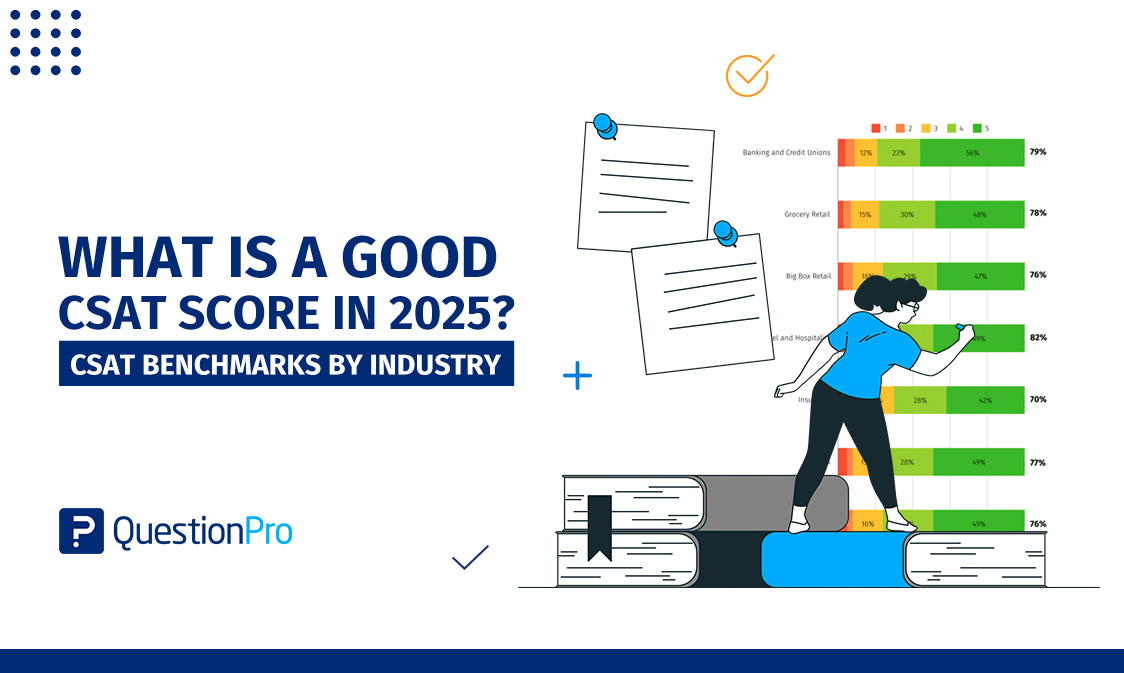
In this blog post, we embark on a journey to explore the nuances of the 360 degree feedback process, uncovering its significance, steps, and real-world examples that showcase its transformative potential. Whether you’re a seasoned HR professional, a curious team leader, or an enthusiastic employee keen on elevating your performance, this post is crafted to offer valuable insights into a process that shapes careers, enhances teamwork, and propels organizations toward success. So, let’s embark on this enlightening voyage through the realm of 360-degree feedback, where constructive insights meet actionable growth strategies.
What is a 360 Degree Feedback Process?
The 360-degree feedback process is a comprehensive approach to performance evaluation that gathers insights from multiple sources to provide a well-rounded assessment of an individual’s skills, competencies, and behaviors. Unlike traditional performance appraisals that rely solely on input from supervisors, the 360 degree feedback process involves collecting feedback from various perspectives, including peers, subordinates, supervisors, and even self-assessment. This multi-dimensional view aims to offer a more accurate and holistic understanding of an individual’s performance and behavior within an organization.
Steps for a Good 360 Degree Feedback Process
A well-structured 360-degree feedback process involves several key steps to ensure effectiveness and fairness:
- Clear Objective Setting: Define the purpose and goals of the feedback process. Communicate these objectives to all participants to ensure alignment and understanding.
- Selecting Appropriate Respondents: Choose individuals who have regular interactions and firsthand knowledge of the individual being assessed. This often includes peers, subordinates, supervisors, and self-assessment.
- Creating Feedback Instruments: Develop well-constructed questionnaires or surveys that capture relevant aspects of an individual’s performance. These questions should focus on skills, competencies, behaviors, and specific job-related tasks.
- Ensuring Anonymity: Emphasize anonymity to encourage honest and unbiased feedback. Assure respondents that their responses will not be attributed to them individually.
- Feedback Collection: Collect feedback from selected participants through the chosen survey instrument. This can be done through an online platform to streamline the process.
- Data Analysis: Analyze the gathered data to identify trends, patterns, and areas of strengths and improvement. The analysis can help in creating a comprehensive picture of the individual’s performance.
- Feedback Delivery: Share the feedback results with the individual being assessed. This step involves open and constructive communication to discuss strengths and areas for growth.
- Setting Goals: Collaboratively set actionable goals based on the feedback received. These goals should be specific, measurable, achievable, relevant, and time-bound (SMART).
- Continuous Support: Provide ongoing support, coaching, and resources to help the individual work towards achieving their goals and improving their performance.
Learn About: 360 Degree Appraisal
The Importance of a Good 360 Degree Feedback in the Workplace
A robust 360-degree feedback process holds significant importance in fostering a positive and growth-oriented work environment. It serves as a powerful tool for personal and professional development, contributing to:
- Self-Awareness: The process provides individuals with insights into their strengths and areas for improvement, promoting self-awareness and a willingness to develop.
- Holistic View: By incorporating input from various sources, it offers a well-rounded view of an individual’s performance, minimizing biases and promoting fairness.
- Skill Enhancement: The feedback received helps individuals identify specific skills that require improvement, allowing for targeted skill development initiatives.
- Team Collaboration: Peer feedback encourages collaboration, as it highlights the impact of an individual’s behavior and performance on their colleagues.
- Leadership Development: For leaders, the process can aid in identifying leadership strengths and areas for growth, enabling effective leadership development.
- Goal-Driven Improvement: The process supports the establishment of actionable goals, leading to continuous improvement and performance enhancement.
Learn About: 360 Feedback Forms
What are the Major Steps in the 360 Evaluation Process?
The 360-degree evaluation process involves the following major steps:
- Preparation: Clearly define the objectives, select respondents, and design the feedback instrument.
- Collection: Collect feedback from chosen participants through surveys or questionnaires.
- Analysis: Analyze the gathered data to identify trends, strengths, and areas needing improvement.
- Feedback: Communicate the feedback results to the individual being assessed.
- Goal Setting: Collaboratively set actionable goals based on the feedback.
- Development: Provide support, resources, and training to aid in achieving goals.
- Follow-Up: Continuously monitor progress and provide ongoing feedback and support.
Conclusion
The 360-degree feedback process is a dynamic and powerful approach that offers a holistic view of an individual’s performance and behavior. By involving diverse perspectives and focusing on continuous improvement, organizations can create a culture of growth, collaboration, and excellence. Implementing an effective 360-review process can result in personal development, enhanced teamwork, and improved organizational outcomes.







